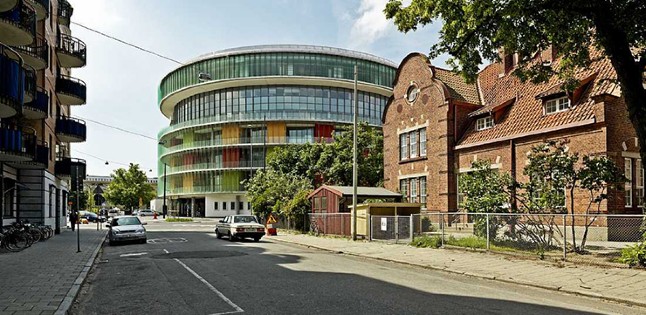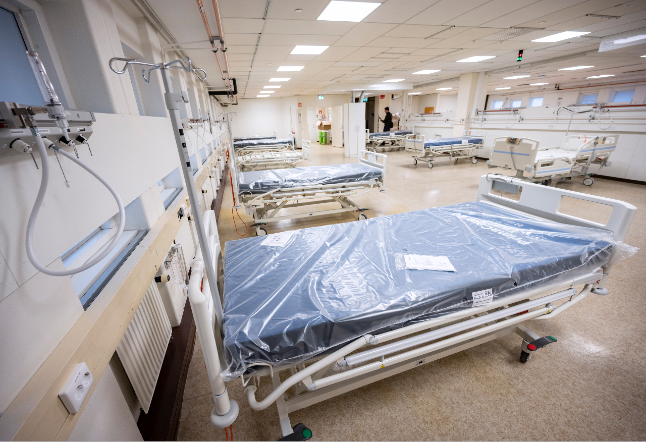The court in Växjö has ruled in favour of the energy giant against 15 neighbours of the site in the small community of Ry near Lövestad.
The neighbours had appealed a Skåne county administrative board decision in November, which cleared the way for Shell to prospect for natural gas that it claims could supply Sweden’s needs for a decade.
Shell confirmed in a February newsletter that it had completed its test drilling of the site having reached a depth of 950 metres.
“All work in Ry was completed in the beginning of February,” the firm confirmed in the statement.
Shell’s planned drilling in Skåne, which currently extends to two further sites in Tomelilla and Hörby, has met with opposition from environmental activists concerned over the impact that large scale exploitation could entail.
The Hörby site was sabotaged last Thursday night with damage to fences, electrical cables and tools reported, according to the Sydsvenskan daily. While the police have gathered some clues at the site they have not been able to identify any suspected saboteurs.
A network calling itself Heaven or sHell is among the groups organizing opposition to Shell’s plans. The group has the backing of major landowner Carl Piper and was recently awarded the Guldklövern prize by the Centre Party for its work in generating debate over the issue.
The group is lobbying for changes to Swedish minerals legislation that they hope will prevent the continued test drilling. They also complain that the drilling has continued despite a series of appeals.
Shell has been given permission to search for gas in two areas which cover a total of 20 percent of Skåne’s surface area over a period of three years.
The Local has made several attempts to contact Shell Sweden on Monday.




 Please whitelist us to continue reading.
Please whitelist us to continue reading.
Member comments